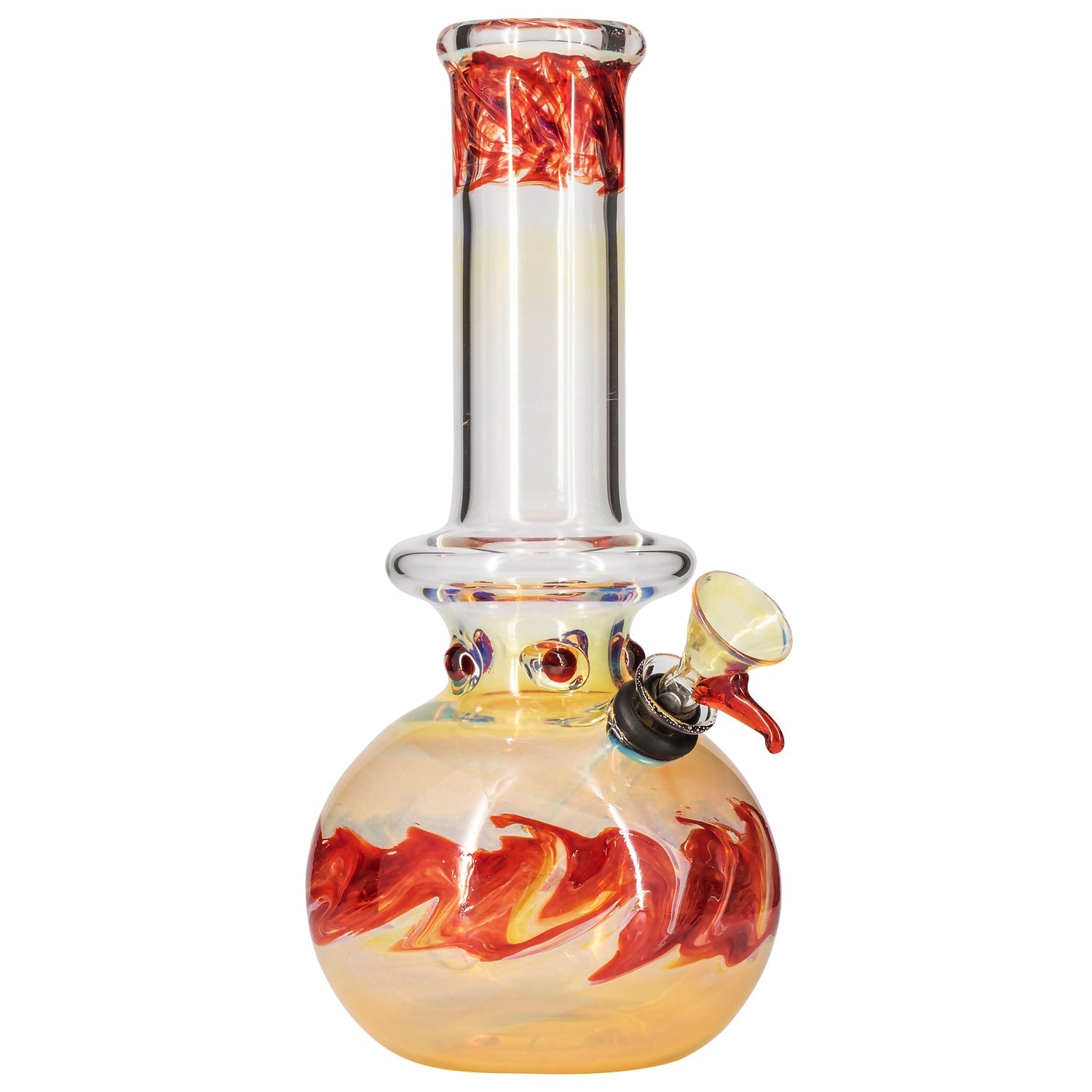Enjoy browsing our curated menu of products from LA Pipes. Finally, all the best from LA Pipes in one place!
Showing all 9 results
$29.00
About LA Pipes
L.A. pipes are a crucial component of the city's infrastructure, providing essential services to its residents. These pipes serve as conduits for both water supply and natural gas distribution, ensuring that Angelenos have access to clean drinking water and a reliable source of energy for their daily needs. The extensive network of pipes spans across the city, delivering these vital resources to homes, businesses, and industries alike. One of the key aspects to consider when examining L.A. pipes is the issue of lead pipes. The presence of lead in pipes can pose a serious threat to public health, as it can result in lead poisoning, particularly in vulnerable populations such as children and pregnant women. Recognizing the potential dangers associated with lead exposure, efforts have been undertaken to replace these pipes and minimize the risks to residents. This proactive approach emphasizes the government's commitment to protecting public health and ensuring the safety of its citizens.
Facts about LA Pipes
L.A. has seen the emergence of alternative smoking methods through the use of glass pipes, bongs, and safe smoking kits. These products cater to individuals who engage in tobacco or cannabis consumption and provide alternative ways to experience these substances. While smoking continues to be a controversial topic with health implications, these options serve as harm reduction strategies for individuals who choose to partake in such activities. The issue of pipe materials and their impact on water quality is another aspect to consider. Understanding the composition of pipes used in the city's water supply system is crucial in ensuring that drinking water remains safe and free from harmful contaminants. By employing materials that are corrosion-resistant and comply with industry standards, L.A. aims to provide its residents with high-quality water that meets or exceeds regulatory requirements.








